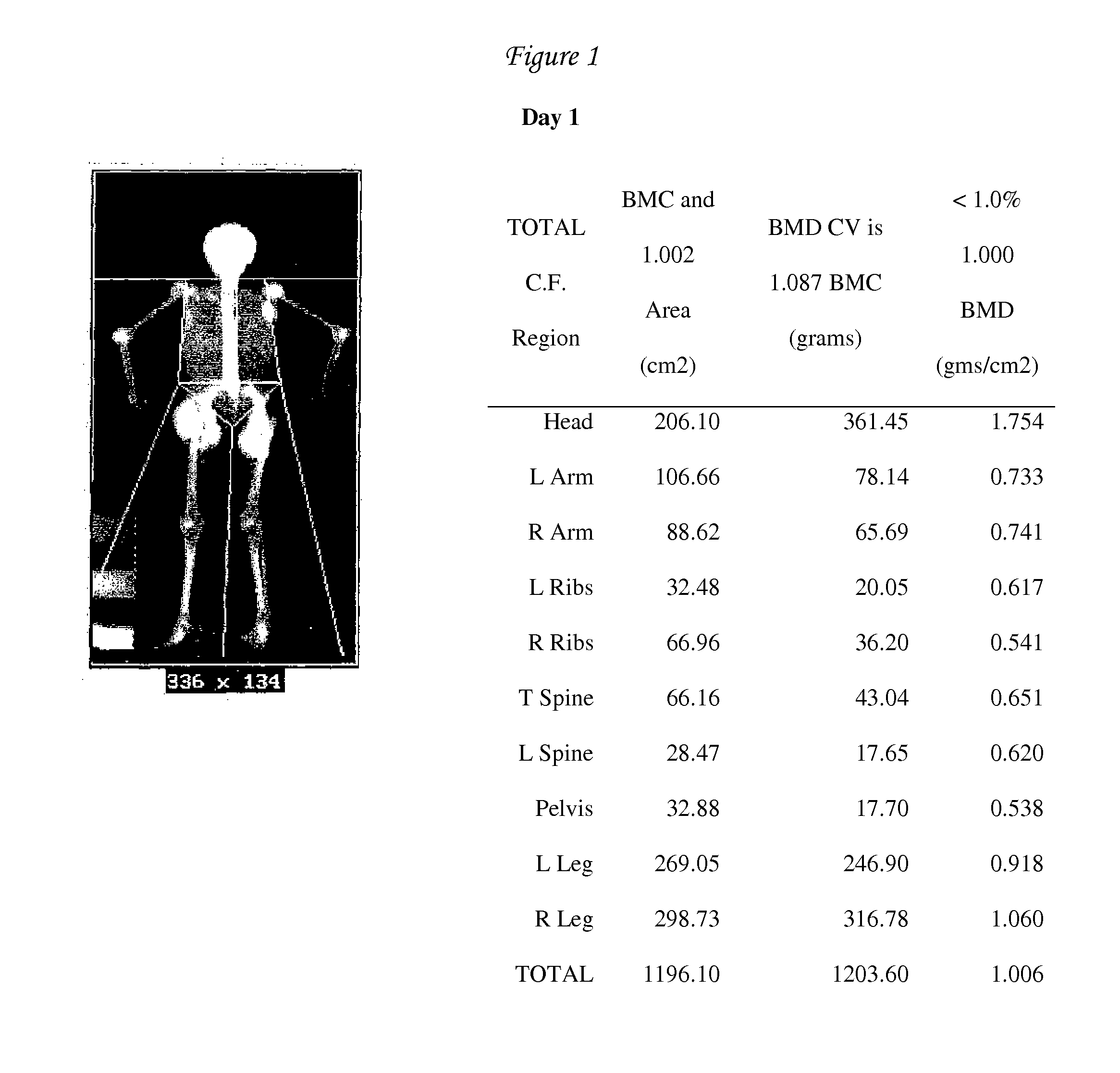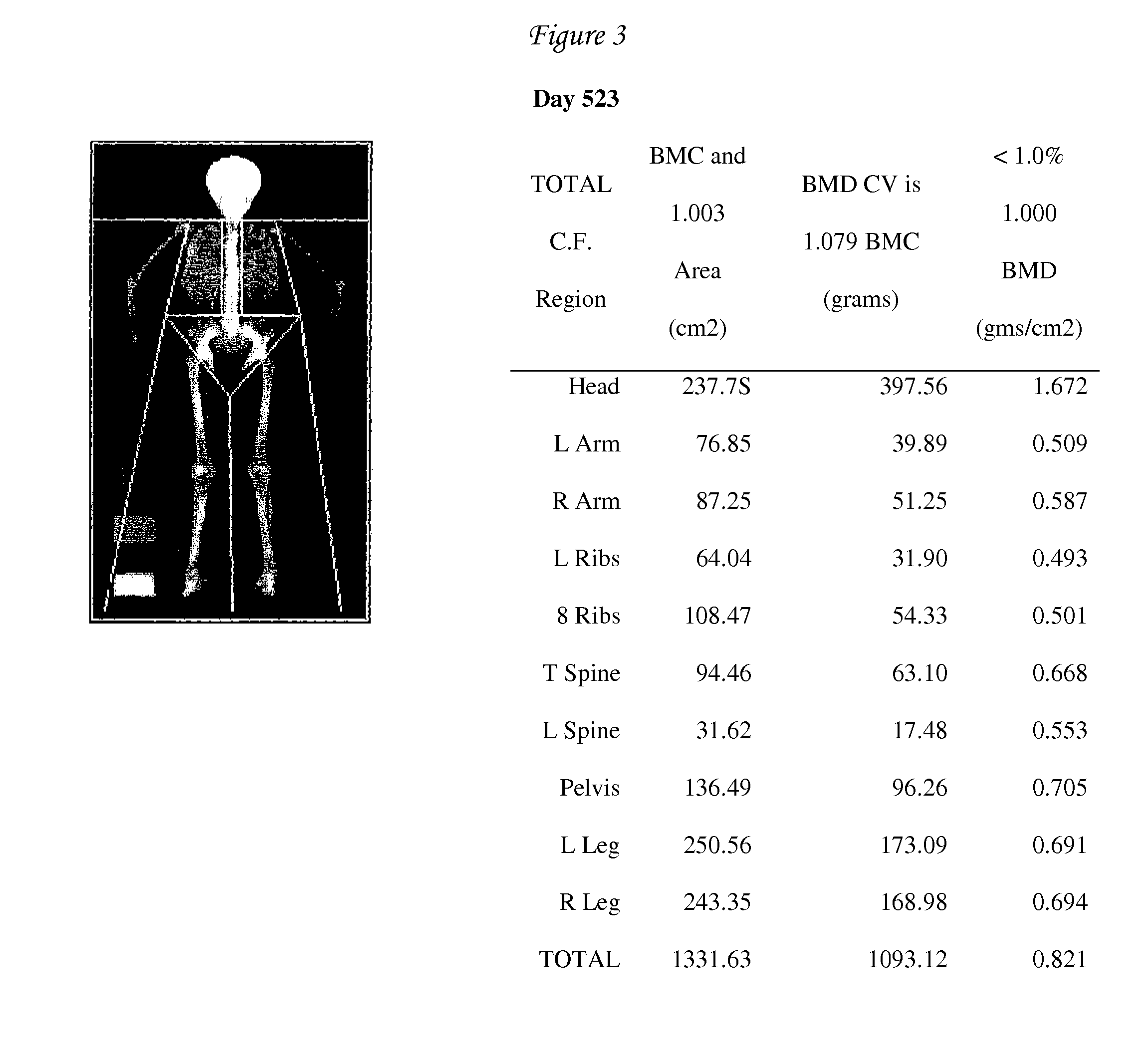Peritoneal Dialysis Method
a peritoneal dialysis and peritoneal technology, applied in the field of dialysis methods, can solve the problems of red cell and muscle destruction (lysis) that is corrective but potentially lethal, their demise, and becomes a minor issue, and achieves the effect of improving the management of dialysis related bone diseas
- Summary
- Abstract
- Description
- Claims
- Application Information
AI Technical Summary
Benefits of technology
Problems solved by technology
Method used
Image
Examples
working example
[0068]The following example provides a nonlimiting illustration of one embodiment of the invention.
[0069]Although peritoneal dialysis (“PD”) has been effectively used for more than three decades to treat patients with irreversible Renal Failure, the number of Patients treated with this modality has decreased recently for many reasons.
[0070]It is recognized that the continuous nature of PD provides better control of symptoms. Elimination of calcium from the blood during Hemodialysis has been tried with disastrous results because acute Hypocalcemia ensues and causes tetanny bleeding, due to calcium. Calcium is essential for normal coagulation but may cause cardiac arrest in systole. On the other hand, PD presents itself as the ideal setting for the removal of calcium from the dialysate. Being that an average of 10 Liters of equilibrated (spent) dialysate are removed from a patient in 24 hrs., a small negative calcium balance is achieved. A patient on calcium-free peritoneal dialysis w...
PUM
 Login to View More
Login to View More Abstract
Description
Claims
Application Information
 Login to View More
Login to View More - R&D
- Intellectual Property
- Life Sciences
- Materials
- Tech Scout
- Unparalleled Data Quality
- Higher Quality Content
- 60% Fewer Hallucinations
Browse by: Latest US Patents, China's latest patents, Technical Efficacy Thesaurus, Application Domain, Technology Topic, Popular Technical Reports.
© 2025 PatSnap. All rights reserved.Legal|Privacy policy|Modern Slavery Act Transparency Statement|Sitemap|About US| Contact US: help@patsnap.com



